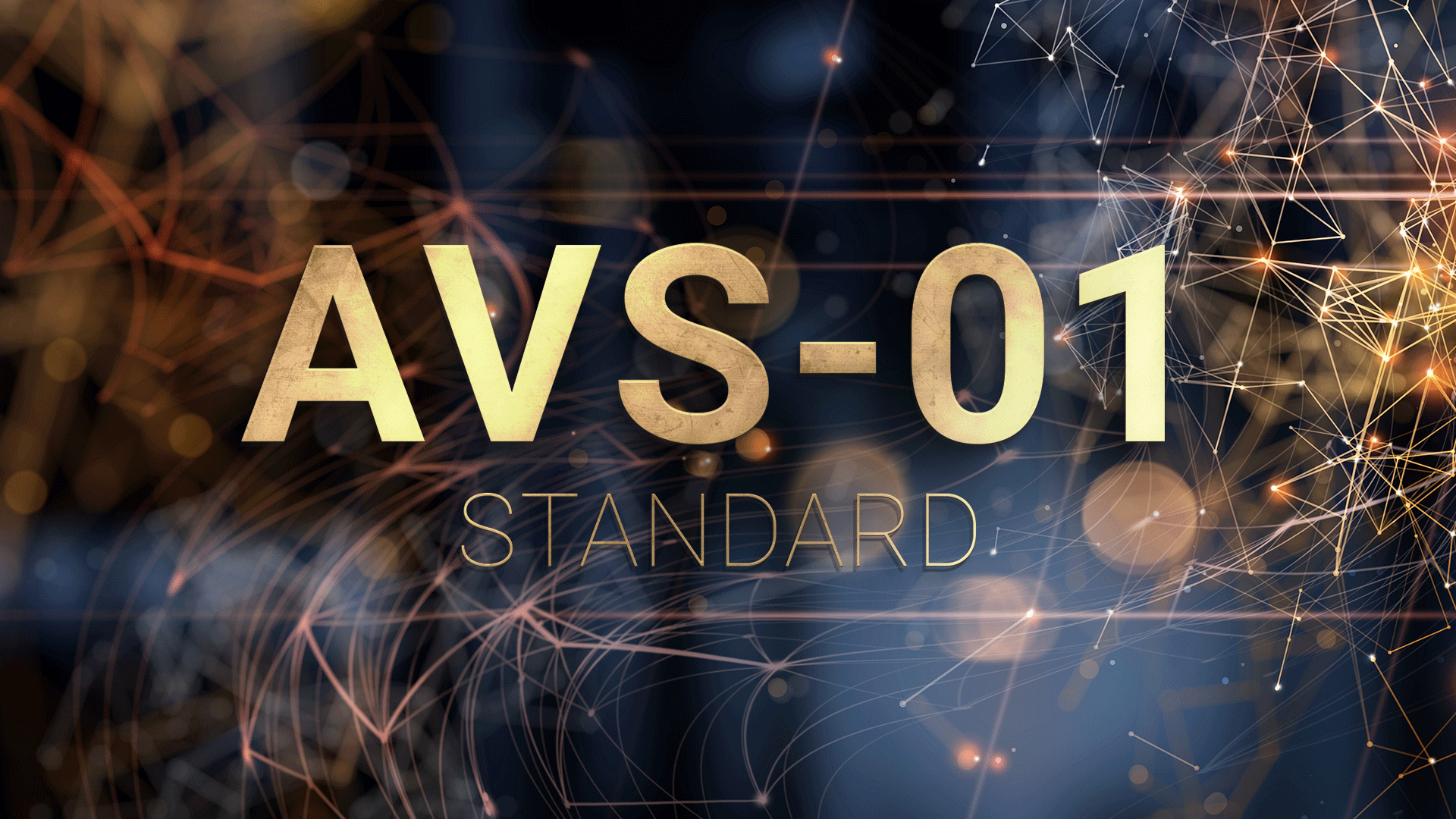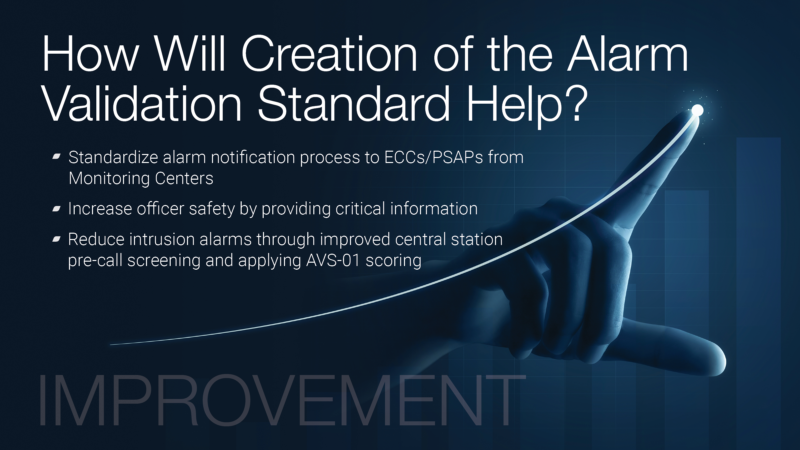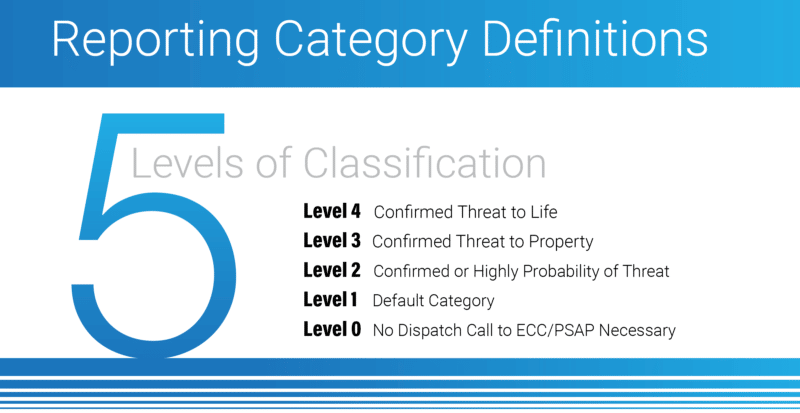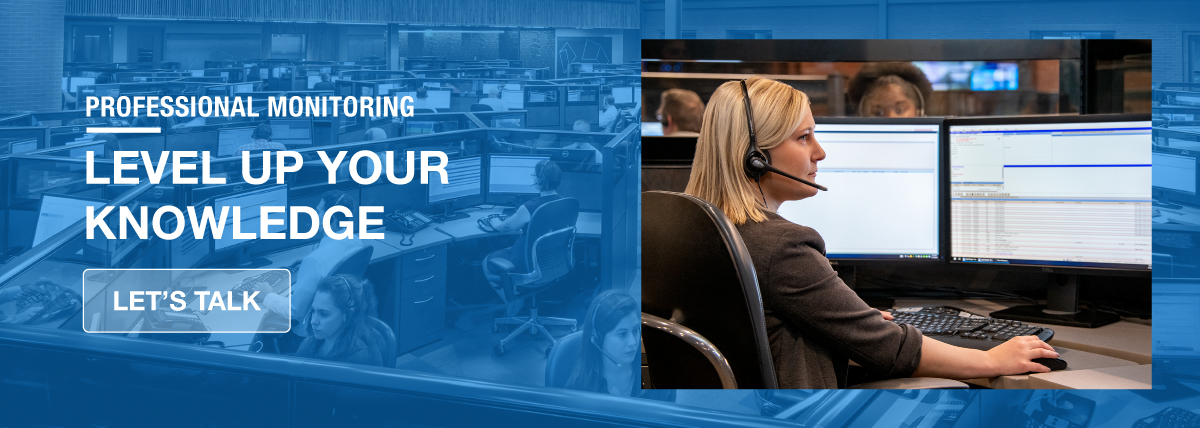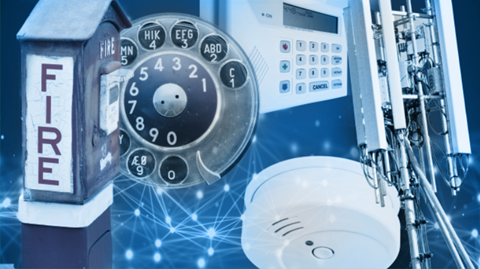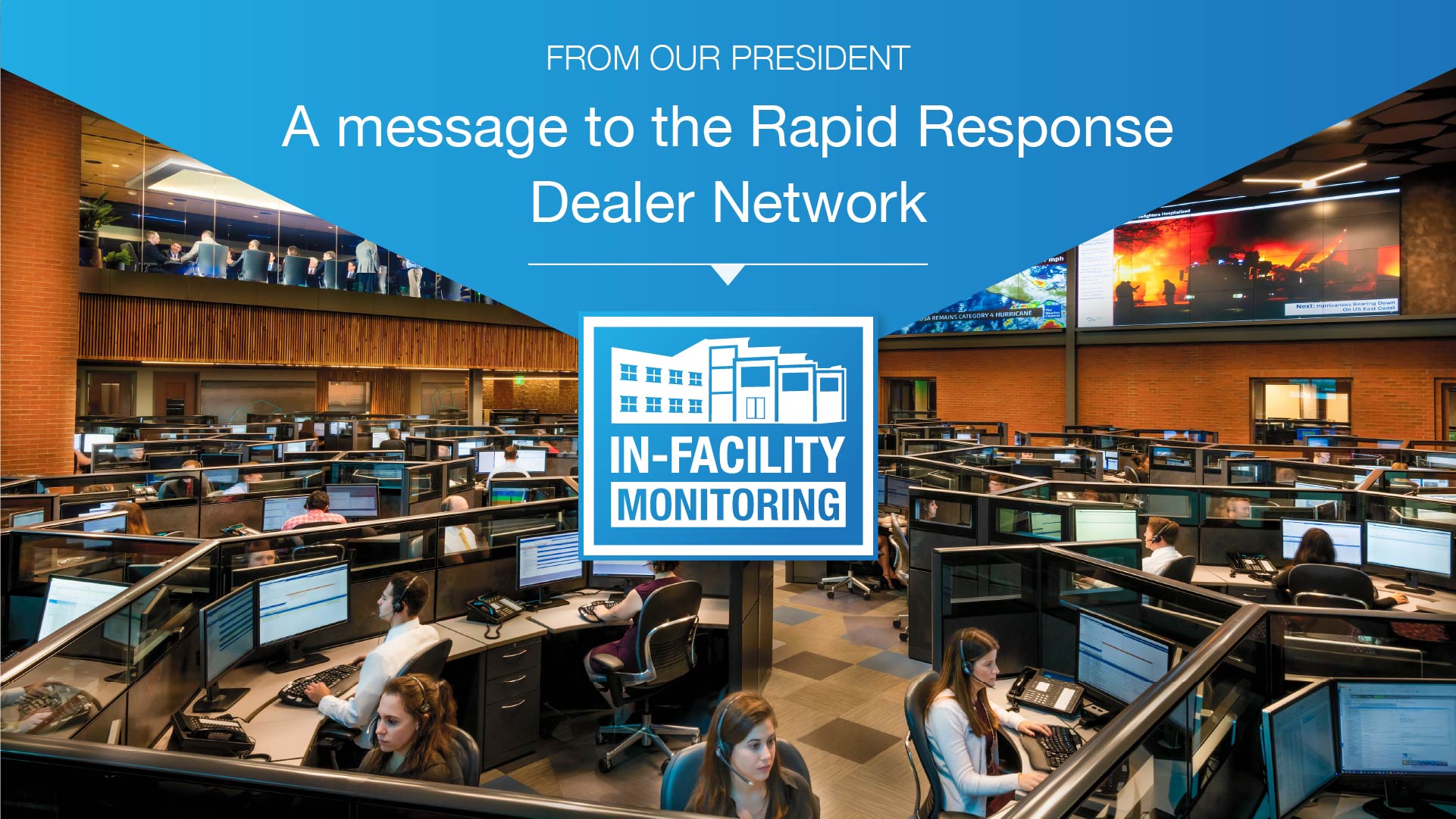A New Chapter for the Security Industry
Earlier this year, The Monitoring Association (TMA) announced the development of the Alarm Validation Scoring Standard, or AVS-01, a new alarm standard that will redefine how burglary alarms are handled in the monitoring center. The standard was completed and approved by ANSI the first week of January and is now being rolled out to not only public service but to the industry at large. The goal is to have ECC/PSAPs ready to take the additional data in Q3 of 2023.
To carry this project forward, TMA established a committee of experts from across the security industry, including representatives from law enforcement, public service, service providers, platform providers, alarm companies, and monitoring centers.
AVS-01 was designed to standardize the alarm notification processes from monitoring centers to ECC/PSAPs and increase the credibility of burglary alarms. Currently, there is no standardization across monitoring centers, which means the information that comes into an Emergency Communications Center, or ECC/PSAP, varies based on the procedures each monitoring center follows.
It is important to note this standard will not replace CSV-01, but rather work in harmony. CSV-01 is a procedural standard that requires monitoring centers to follow a prescribed method of verifying alarms and defines what methods can be used to determine whether unauthorized activity is in progress. These methods include written procedures to handle multiple sensor trips, video verification, one or two-way audio systems, among others.
As AVS-01 progresses, TMA will work to prevent conflicts or overlaps between the two. Eventually, TMA will evaluate the possibility of merging CSV-01 and AVS-01.
How AVS-01 Works
The standard will use data received by the monitoring center to generate standardized scoring metrics that grade the probability of unauthorized activity at the home or business. There will be a defined process for monitoring centers and ECC/PSAPs to communicate over voice, allowing both parties to give and take the same information in the same order and streamline the relay of information.
In addition, monitoring centers will create dynamic workflows and notification processes based on the scoring metrics, increasing the quality of monitoring services.
The Benefits of AVS-01
Officer Safety
Providing pre-arrival information allows the authorities to respond with the appropriate safety measures, protecting themselves and customers.
Situational Awareness
Having a comprehensive understanding of what is happening at the location of the alarm provides critical context for operational success. The fast adoption of Internet of Things (IoT) devices, including sensors, cameras, virtual assistants, etc. has significantly improved situational awareness.
Response Preparedness to Verified Alarms
Receiving confirmation of the legitimacy of an alarm will automatically queue the alarm with higher priority and give police officers valuable information to respond safely and effectively.
Apprehension Potential
The points mentioned above will consequently lead to more apprehensions, increasing customer satisfaction and the value of professional security monitoring services.
A Standard Way to Use Private Response
Now that there will be an easy way to easily prioritize intrusion alarms, there will also be a way to decide who or what responds to a given alarm. As an example, Level 1 alarms could result in a private guard response, but Level 2 or above could result in a public safety department being dispatched.
Alarm Priority Levels
Level 4 – Confirmed Threat to Life
A call for service with visible, audible, eyewitness, or analytical data confirming a threat to life, making this the highest priority alarm level.
Examples include: A Specialist or data analytics observed potential life-threatening language, sounds, or physical altercation or an authorized user confirmed or perceived a threat to life, such as seeing or hearing weapons.
Level 3 – Confirmed Threat to Property
A call for service with visible, audible, eyewitness, or analytical data confirming a threat to property.
Examples include: A Specialist or data analytics observed broken glass or structural damage, or detected, heard, or confirmed obvious/likely criminal activity.
Level 2 – High Probability of Threat
A call for service with proof or high probability of human presence with unknown intent at the alarm site.
Examples include: Video or audio of human activity on premises that cannot be validated or authorized to be onsite, open/close/cancel/bypass signal by unauthorized user code, manual fire pull/emergency signal, data analytics that indicate high probability of human activity, presence detection technology that determine device (e.g., cell phone, Bluetooth) is onsite.
Level 1 – Default Category
A call for service with little information, just a signal received from a traditional binary sensor.
Level 0 – No Call for Service to ECC/PSAPs
Information that can determine that no call is needed includes: A verbal confirmation from the contact list, an open/close/cancel signal, analytical data indicating no threat is present, or a message from the customer-facing app, such as MySecurity Account, indicating there is no emergency.
To learn more about the AVS Scoring Process, please refer to the Manual Process Flowcharts on pages 6-7 of the TMA-AVS-01 publication.
AVS-01 Potential Data Sources
Determining potential data sources was of paramount importance in the development of this standard and required input and historical/real-time data collection from public safety officials and monitoring centers.
Data sources could include, time of day, day of the week, video and audio data, panel information, biometric data, environmental data, customer input, personal data, crime index reports, and situational awareness technologies. With this in mind, we anticipate our partnership with HomeAware by Ubiety Technologies will provide valuable information. We are currently beta testing HomeAware’s situational awareness technology and plan to implement it into our workflows in our monitoring centers soon.
Smart technology like facial recognition, voice matching, predictive analysis, and situational awareness solutions have advanced rapidly in the past decade. AVS-01 is the first standard to look at data and variables provided by smart devices and use it to ascertain new priorities in the monitoring center. This data will be used to create dynamic workflows. It is also the first to be designed to accommodate innovation by allowing new technologies and data sets to be adopted when analyzing alarm activations.
This standard will undoubtedly boost the adoption of audio and video monitoring and smart home devices and open opportunities for new services and bundle options for Security Dealers. Click here to learn more about video monitoring best practices.
Panel Data
| Audio Data
Personal Data
| Other Data Sources
Biometric Data
| Environmental Data
Video Data
|
Compliance Requirements and Assessments for Monitoring Centers
Monitoring centers that would like to claim compliance with this standard must have a Nationally Recognized Testing Laboratory (NRTL) certificate and therefore follow confirmation procedures outlined in UL 827, UL 2050, ULC S301, or ULC S304 standards.
To adapt to this standard, monitoring centers will be required to train Monitoring Specialists to ensure the protocol is followed accurately. Automation systems will provide additional functionality to facilitate this process.
There will be an ongoing assessment to evaluate whether monitoring centers are adhering to the standard properly and reporting scores following the pre-determined script. In addition, there will be a hotline for ECC/PSAPs to report monitoring centers that seem to not be providing accurate scores. The hotline representatives will then investigate the report and work out a resolution.
How Will ASAP-to-PSAP Be Impacted by AVS-01?
The last version of the ASAP-to-PSAP protocol released on March, 2021 includes placeholders to be able to send AVS-01 scoring metrics from the monitoring center to the ECC/PSAP.
Providing scoring metrics will be required once the standard is fully implemented. However, in the early stages of the AVS-01 rollout, monitoring centers will have the option to provide scoring as a supplement rather than a requirement.
AVS-01 Next Steps and Trajectory
The standard was completed and approved by ANSI in January of 2023. The Preliminary Technical Review closed on June 15, 2022 and TMA incorporated suggestions for which there was a committee consensus.
The committee then submitted a final draft to be used for the ANSI “Public Comment” period, which closed on September 13, 2022. The feedback received is currently under TMA review as of the date of this article. Assuming there are no substantial changes or suggestions, TMA and ANSI will proceed to the final publication.
TMA has also stated that although this version of the standard was created with a focus on burglary alarms, the next version plans to include a scoring scenario for fire alarms. The scoring methodology could be easily adapted to all kinds of alarms, and initial conversations have already been held to do so.
AVS-01 is expected to significantly enhance professional monitoring services, and communication processes to ECC/PSAPs and open opportunities for Security Dealers to have new offerings and value propositions. This standardized process will add scrutiny to the way burglary alarms are processed and result in more coordinated, fast responses to the customers who need them the most.
Rapid Response strongly supports TMA and AVS-01 and will be a pioneer in implementing the standard in our monitoring centers. Our team is fully prepared for a smooth deployment and is committed to meeting and exceeding expectations and compliance requirements. If you would like to talk about the impact this will have on your business or the industry, do not hesitate to reach out.
For the latest information on AVS-01, visit tma.us/standards.
